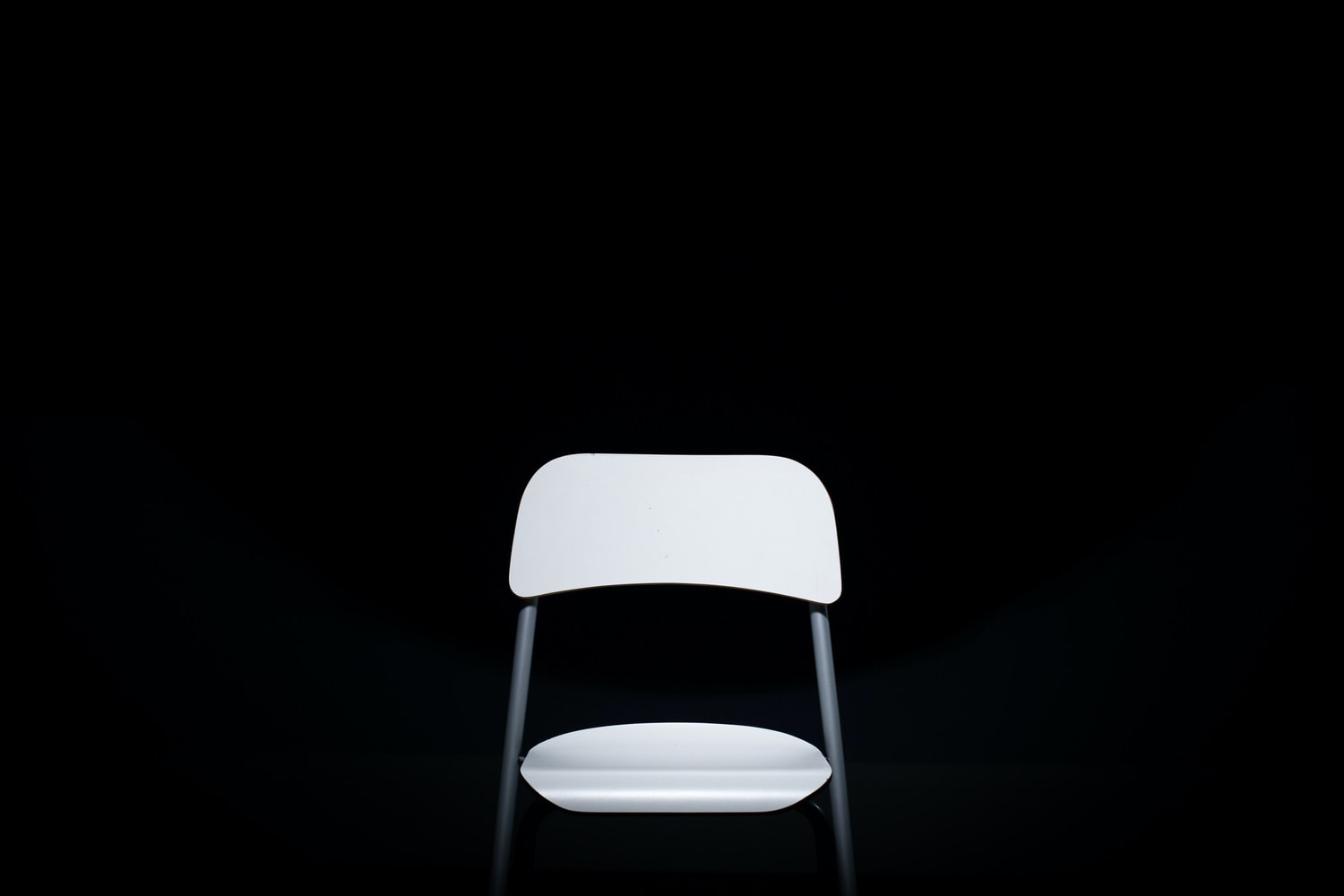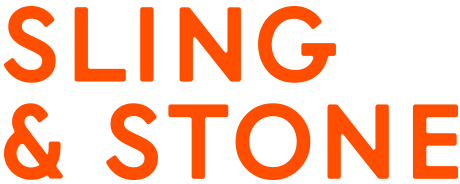
So, it’s happened, you’ve received the call.
A journalist wants to interview you and gain your views on a topic you happen to be knowledgeable on. This is your moment to shine. Your fifteen minutes. Who knows after this, you could soon be getting booked as a regular on The Project.
However, like most things, nailing media interviews requires a balance of skill, practice and preparation.
The most important aspect here is arguably preparation.
So being prepared is important, but how should you prepare for your first media interview? Well, there are a range of things to take into account:
– What do you want to say?
– Where and when are you going to be saying it?
– How are you going to be saying it?
– Who are you saying it to?
– And lastly, why are you saying it?
Essentially, it’s the 5 Ws (+1H). Who, What, When, Where, and How, the Why is hopefully obvious – you should be doing the interview because you have a message to share. Asking these questions forms the basic tenets of information gathering and is an approach all journalists use to create a story. It, therefore, makes sense that they should form an integral part of your preparation.
The medium (How)
Let’s start with the medium first, because this will directly impact how you prepare. A one hour sit down with a broadsheet journalist is very different from a five-minute live broadcast segment.
With print or online interviews there is understandably less on-the-spot pressure. You don’t have to be as polished or succinct compared to broadcast. However, herein also lies the challenge, as you face a greater danger of being misunderstood, misquoted, or misconstrued. In this case, ensure you take your time in giving your answers. And remember nothing is ever truly off the record. If you don’t want to see it printed, don’t say it.
For broadcast, you’re likely to have a much shorter amount of time to answer questions and get your points across. Therefore, speak clearly, to the point, and with enthusiasm. The last point is vital, everything is amplified on TV, so unless you want to bore your audience, make sure to give your answers some oomph.
And in the current climate if the interview is via Zoom (which is very likely) find a quiet place, good natural lighting, and do a few test-runs to ensure you come across clearly. Also, consider wearing earbuds to reduce any audio feedback and so that you can fully hear the questions being asked.
Your messages (What)
Perhaps the most important piece of preparation is being clear on the messages you want to impart.
Take your time to consider what you want to say and why you want to say it. Then boil this down to succinct takeaways. Also, always back-up your points with examples.
Next step is learning your key messages and sticking to them. Ideally have three-to-four key things you want to leave the audience with and you’ll want to ensure you weave them into your responses.
When it comes to engaging with the questions being asked, you, of course, want to answer them, but don’t be restrained by them. Feel free to challenge your interviewer (if you have valid points). Remember, the best interviews are conservations, not interrogations. There should be a flow and rapport between interviewee and interviewer.
If you do encounter a curveball — that question you really don’t want to answer, or, don’t have an answer for. Try the following, use a bridging phrase, such as: ‘good question, but what’s more important is…’ or ‘I feel the real issue…’ And then pivot to one of your key messages.
If you do this convincingly, you’ll hopefully be able to navigate these situations.
The outlet (Where)
Even within the same medium there can be a lot of divergence in how you should answer questions. For example, a quick skim of The Daily Telegraph, versus The Australian Financial Review should make it abundantly clear that the same story can be told in a variety of ways. For example, the two (real-life) headlines below are essentially covering the same story, the difference in tone is clear:
– Rafa Nadal slams ‘barbaric’ tennis move.
– Nadal announces he will skip US Open as entries announced.
Also, remember that the journalist or producer also has an editorial agenda to follow. In many cases, they will be seeking to put their own spin on the story. So research the outlet and get a feel for the content produced.
Your audience (Who)
Similar to the outlet, different audiences will respond in different ways to what you’re saying. Always keep the end audience in mind when crafting your message and answers. Say you’ve launched a new platform to help graduates find employment. The readers of an HR blog will love to hear about the challenges you face in pairing talent with suitable roles via your platform, while the audience of Sunrise may want to know how you can help get their son off the couch and into a steady job.
Cater to your audience, put yourself in their shoes, and leave them with messages that you think will resonate – otherwise you risk being ignored.
The timing (When)
Context is king. Always consider broader cultural events and allow them to frame your message. By doing this you will connect with your audience and the message is likely to be received with open ears.
For example, scheduling a live interview that coincides with a major press conference or giving interviews about your new product launch on the day of an iPhone announcement, may hinder the amount of attention your messages receive. Just as clothes stores don’t try to shift knitwear in summer, be cognisant of the wider climate.
Finally
Now you’ve considered the Who, What, When, Where, Why, and How, you’re hopefully well on your way to being prepared. Another good tip is to go and look for inspiration. Watch, listen or read interviews with people you respect and admire.
See how they approach it, where they do well and where they don’t do so well. See what you can learn and imagine how you would answer specific questions.
And lastly, don’t be fooled, the super smooth movie star or CEO that comes across as the relaxed pro and best friend of the interviewer is likely to have been media trained to the hilt. And hopefully, you can also achieve this, once you put in practice and preparation.
Because remember:
“By failing to prepare, you are preparing to fail.” ~ Benjamin Franklin.

